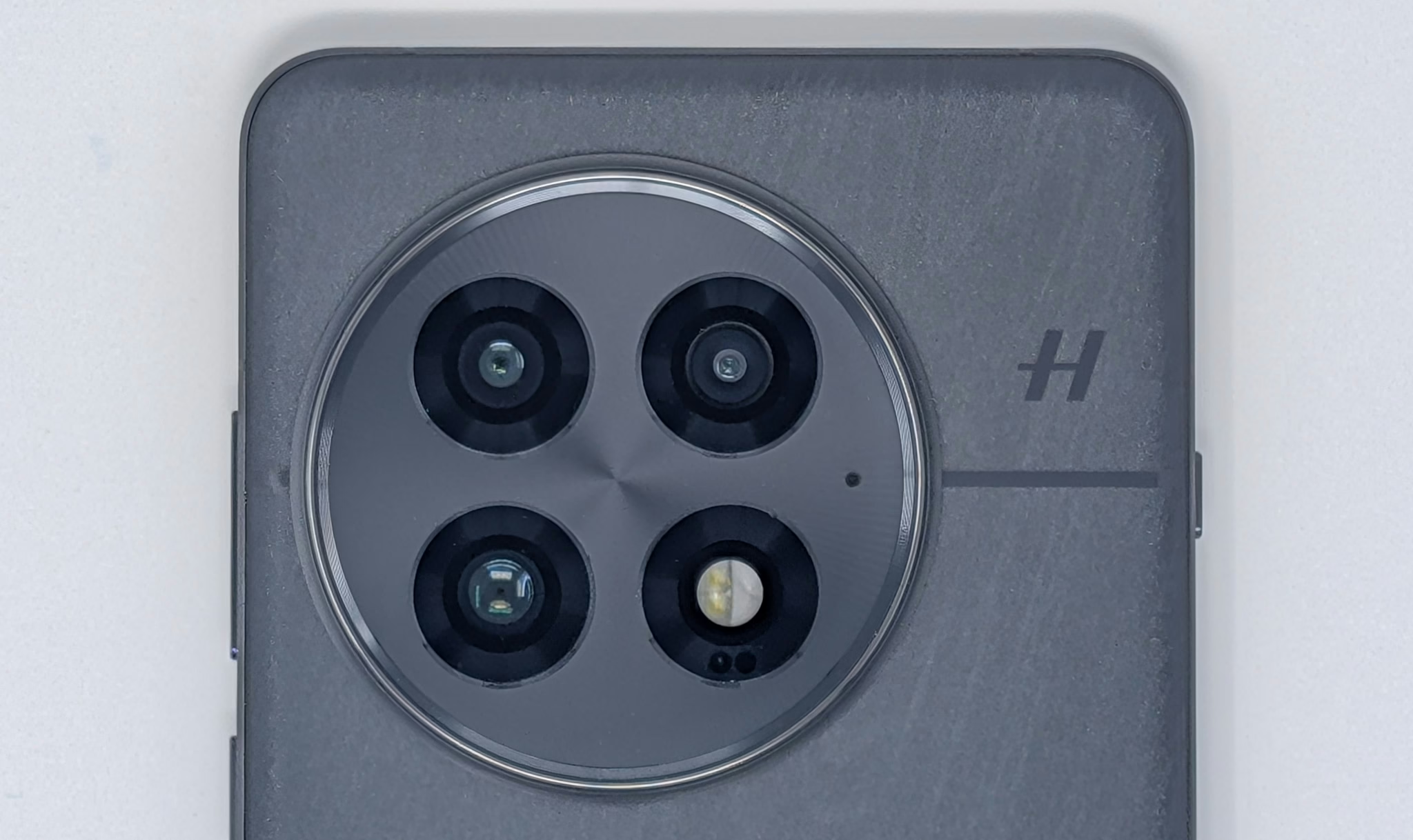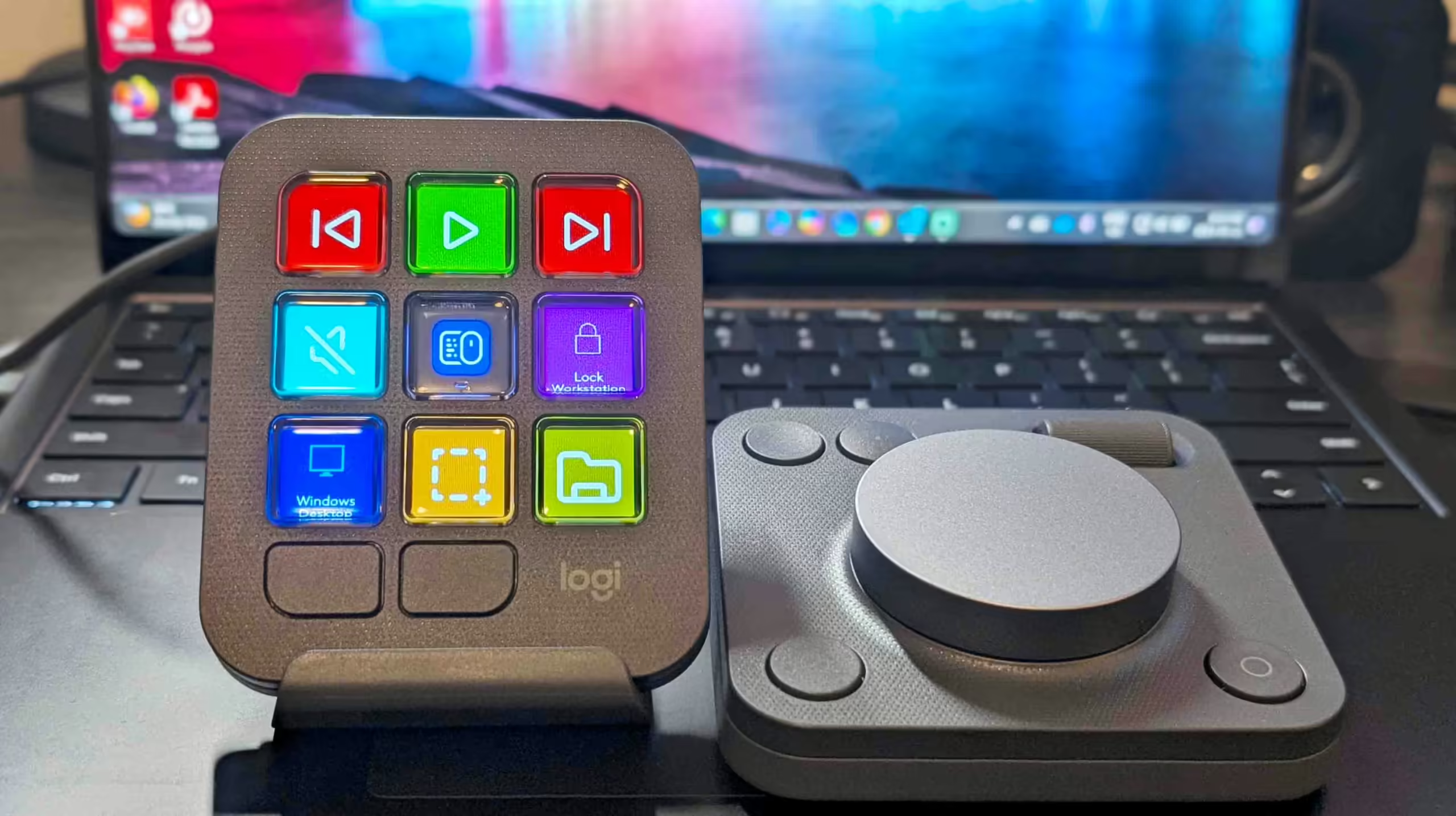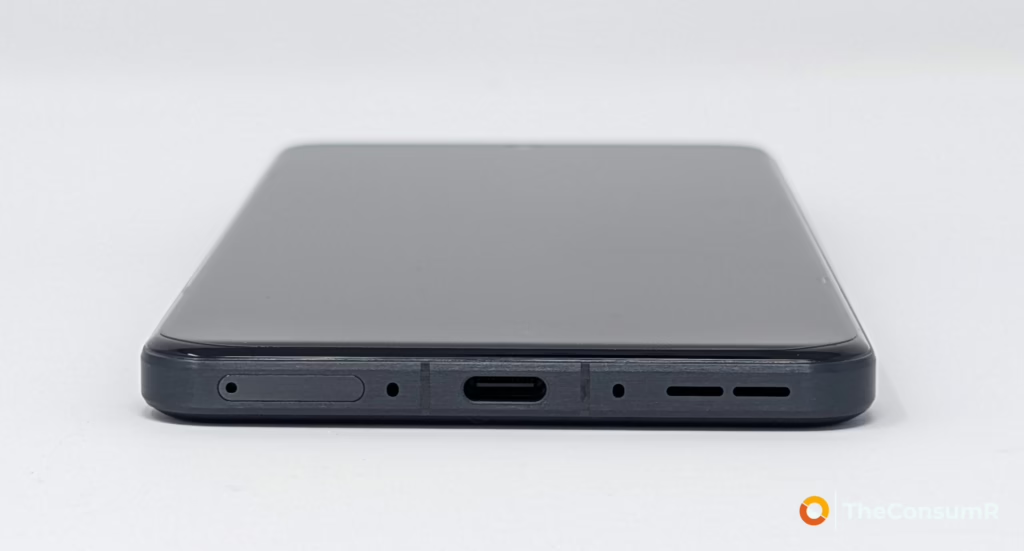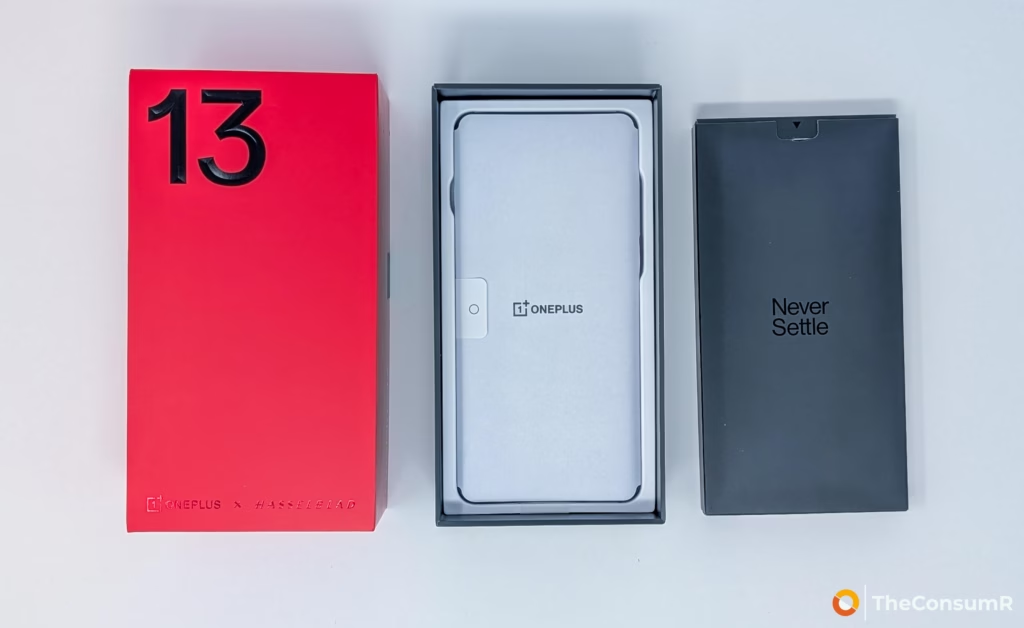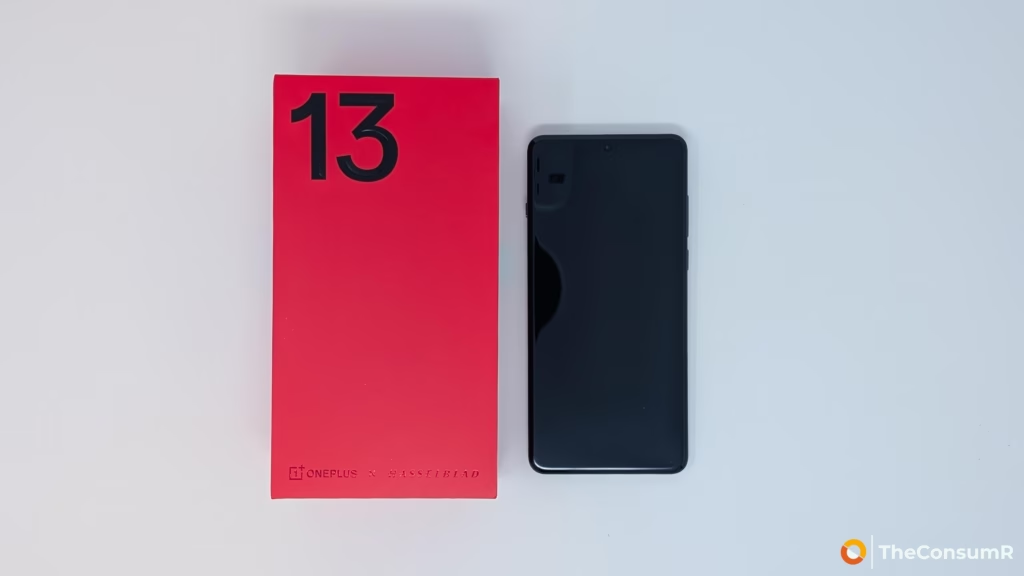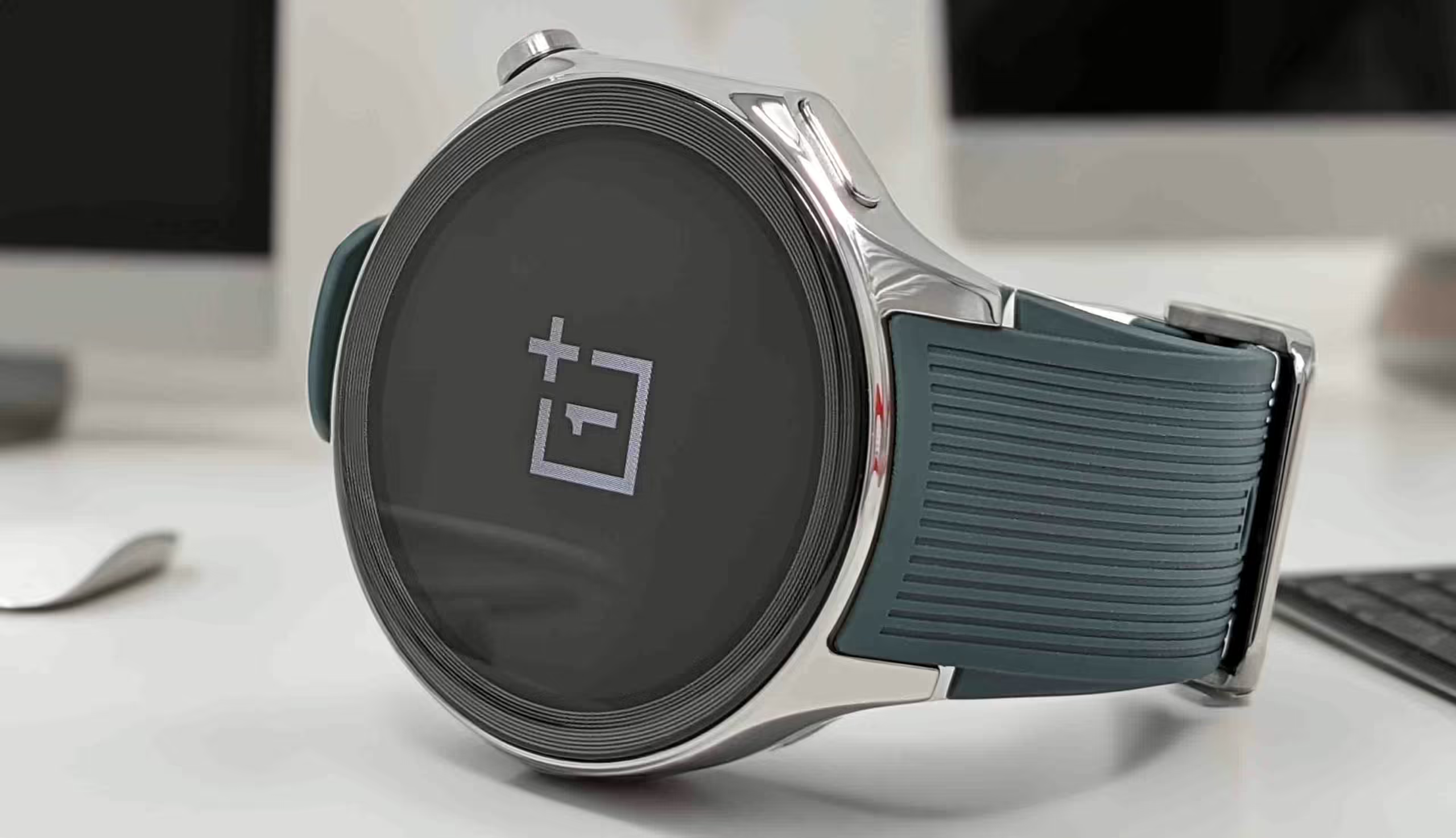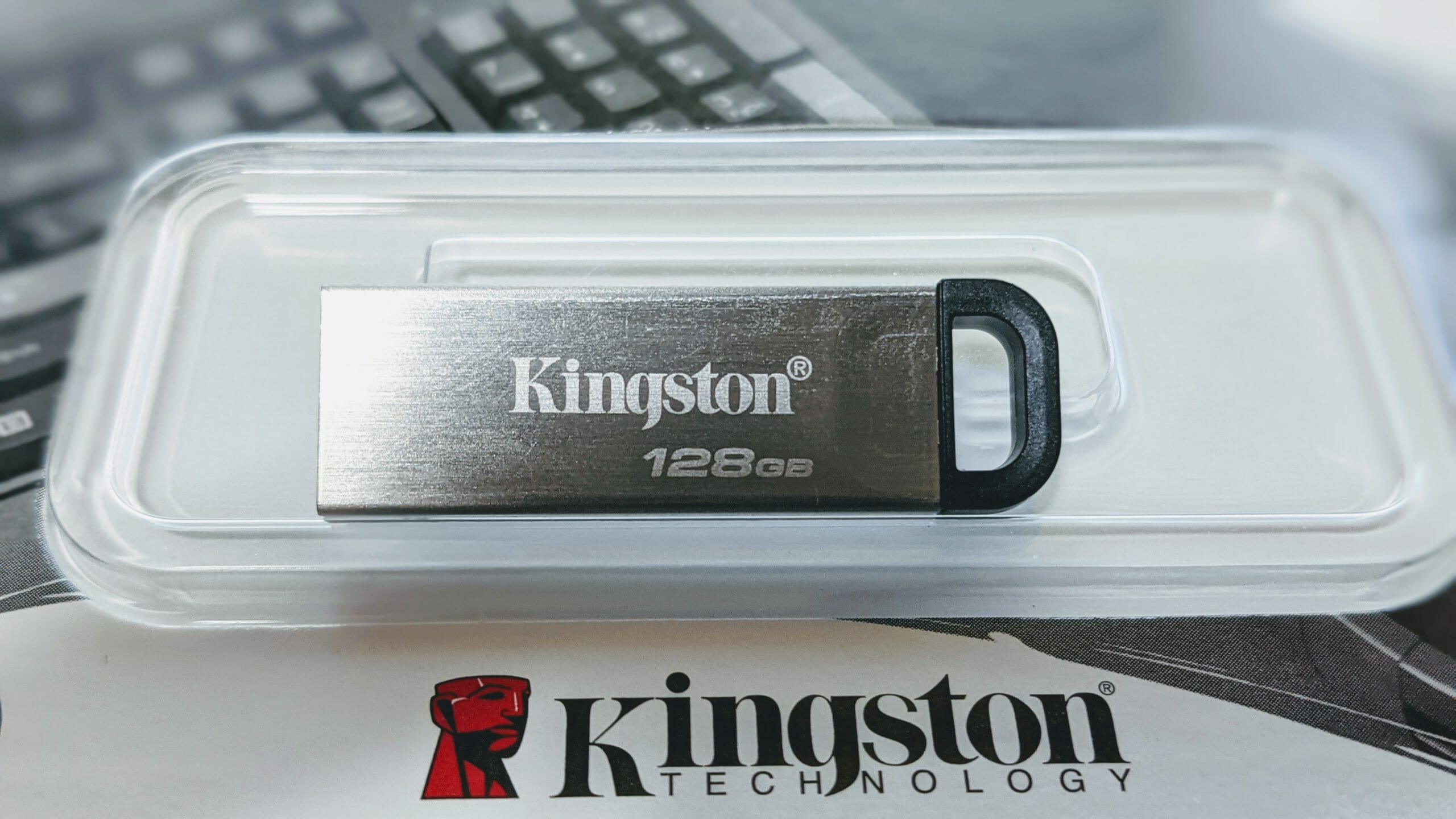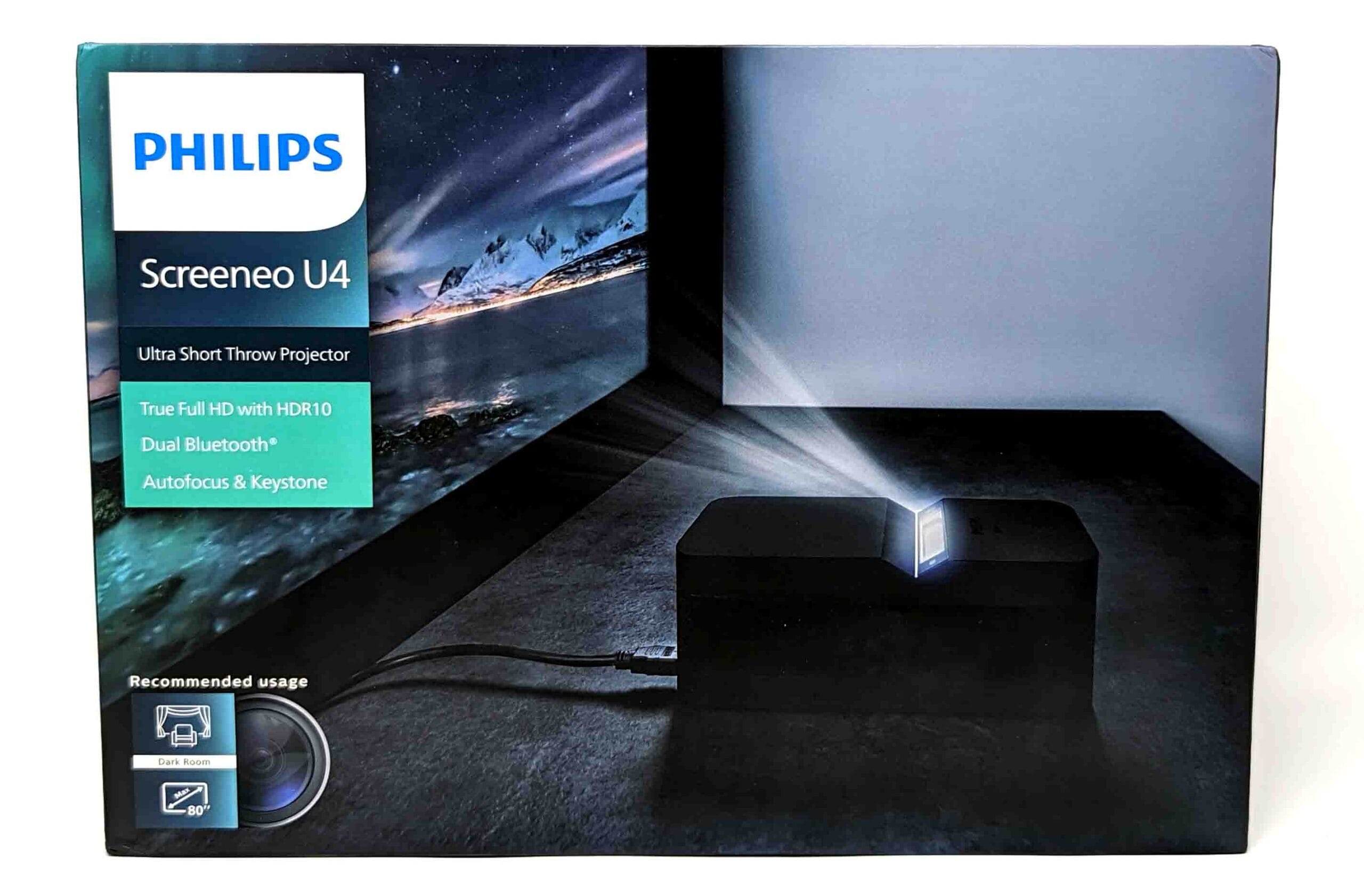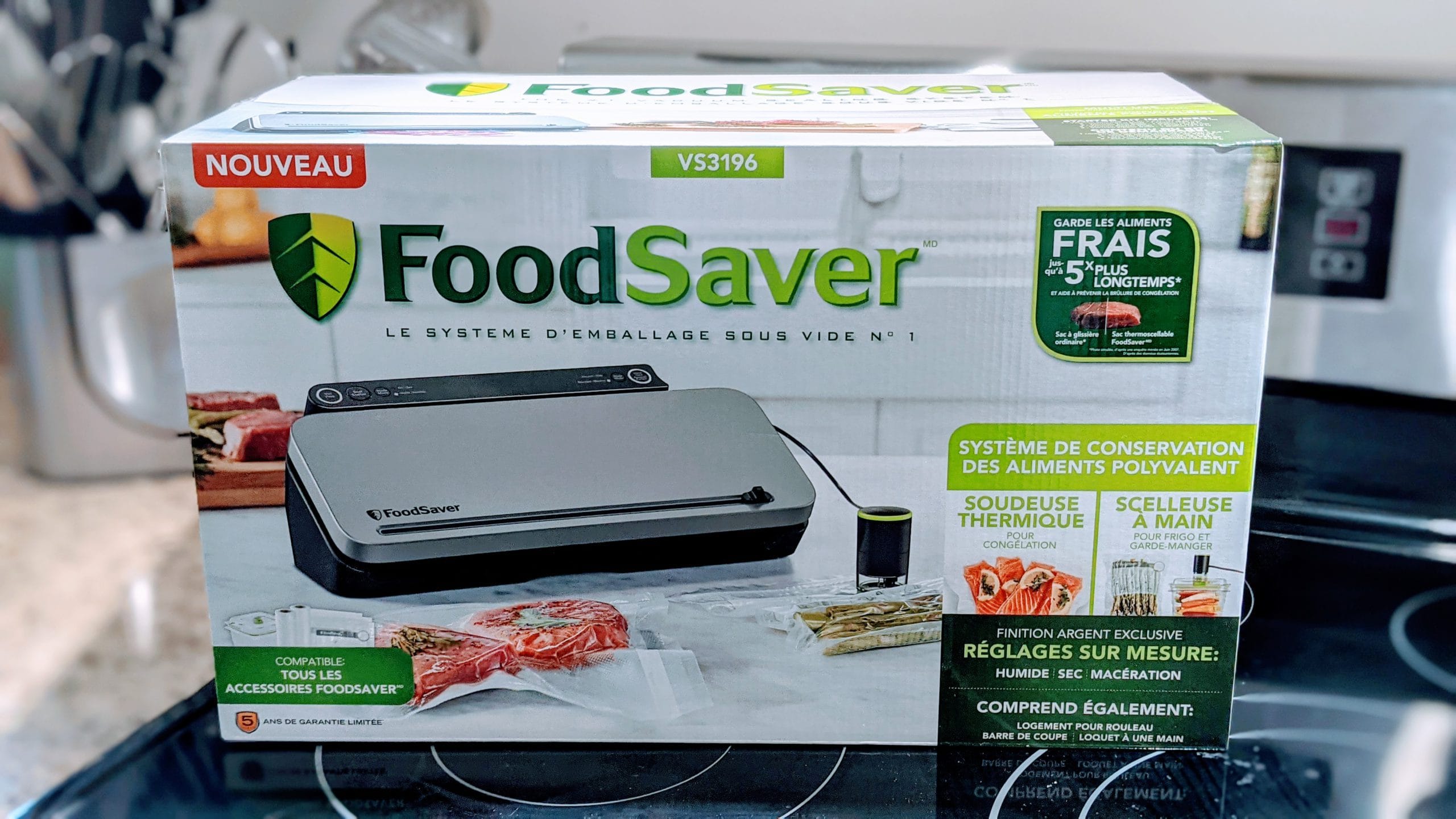In the hyper-competitive smartphone arena of 2025, most flagships are locked in a tedious arms race for polished perfection, chasing incremental gains while their prices spiral into absurdity. They all promise to do everything flawlessly, and none of them truly succeed. Into this stagnant market, the OnePlus 13 arrives not as another contender for a non-existent throne, but as a pragmatic statement of intent. This isn’t a device built to win every single battle on a spec sheet; it’s a phone built with a surgical focus on winning the war for what actually matters to users: ending battery anxiety, delivering uncompromising performance, and offering it all at a price that feels sane.
Make no mistake, this device is a story of brutal trade-offs. It makes sacrifices in areas its competitors obsess over, featuring a glaring security omission and a front-facing camera that is laughably bad after sunset. But in return for these calculated compromises, it delivers a masterstroke. It offers a genuine multi-day battery life that transforms how you use a phone, backed by elite power that never stutters, all anchored by a price tag that aggressively undercuts the entire mainstream market. The OnePlus 13 isn’t for everyone, but for the user who values practical power over polished extras, it might just be the most intelligently designed phone of the year.
Table of Contents
OnePlus 13 Performance
OnePlus has consistently earned its reputation for class-leading performance, and the OnePlus 13 extends this legacy with authority. At its heart is the formidable Qualcomm Snapdragon® 8 Elite Mobile Platform, featuring the Oryon™ CPU clocked at a blistering 4.32GHz. However, raw silicon is only half the equation. The key to unlocking this power is the company’s second-generation proprietary Cryo-Velocity Cooling System, which prevents thermal throttling during demanding tasks.
In our benchmark suite, this combination delivered a significant performance uplift, with the device scoring an average of 32% higher than its predecessor. These findings are not isolated; they are corroborated by external data from UL (Underwriters Labs), cementing this device’s position as a top-tier performance powerhouse.
While the OnePlus 13 delivers exceptional performance, it’s important to contextualize its place in the market. In raw benchmarks, it may be edged out by a handful of devices from brands like Honor, ZTE, and Vivo, which have a limited presence in the North American market. Among its more mainstream rivals, the Motorola Razr Ultra posts slightly higher numbers, but it does so at a significantly higher price point. This distinction is crucial: for its price category, the OnePlus 13 offers a nearly unbeatable blend of elite performance and value.
OnePlus 13 Battery life and charging
To directly compare the battery systems of most devices in the North American market to that of the OnePlus 13 is a fundamentally misguided exercise. The disparity is not simply a matter of capacity, but of a divergent technological philosophy that has yet to be adopted by its mainstream competitors.
The core reason for this gap does not appear to stem from a guarded, proprietary system exclusive to the company. Rather, it suggests that competing manufacturers have been unable, or perhaps unwilling, to replicate the sophisticated underlying thermal regulation that makes such performance possible. This mastery over heat—the primary obstacle in rapid charging—is what sets the device apart.
Let’s be honest—for all the talk of AI magic and foldable screens, the one thing that still plagues every smartphone user is the dreaded low-battery warning. It seems OnePlus has been listening. With its forthcoming OnePlus 13, the company is making a bold statement not with a software gimmick, but with a fundamental engineering leap: a massive 6,000mAh Silicon-Carbon battery.
This technology is the frontier of mobile power, a space where titans like Apple, Google, and Samsung have yet to plant their flags, likely daunted by the complexities of mass production. By taking the plunge, OnePlus is delivering more than just a 10% increase over last year’s model. It’s offering freedom—the tangible promise of a phone that can survive a weekend trip without a charger. In a market saturated with iterative updates, this is the kind of practical innovation that truly matters, and it throws down the gauntlet to an industry that has treated battery life as an afterthought for too long.
Addressing the second major grievance of smartphone users—charging speed—the OP13 also delivers, though it offers a refinement rather than a significant overhaul of its predecessor. The device features 100W wired charging, enabling it to reach a 50% charge in a rapid 13 minutes. While this speed is similar to the previous generation, it remains impressively fast. The phone also retains robust support for 50W wireless and 10W reverse wireless charging. A subtle but practical addition this year is 5W reverse wired charging, giving the phone the ability to function as a portable power pack for smaller accessories.
OnePlus 13 Display and durability
When it comes to the display, OnePlus seems to be following the old adage: if it ain’t broke, don’t fix it. The 2025 flagship reuses the spectacular panel from the previous generation, and frankly, that’s a good thing. You’re still getting the state-of-the-art LTPO 4.1 AMOLED with its buttery-smooth 120Hz refresh rate, a full suite of HDR support (Dolby Vision, HDR10+, HDR Vivid), and a retina-searing peak brightness of 4500 nits. In short, it’s a display that easily outclasses most of the mainstream competition.
But here’s the real kicker: that massive battery transforms this display from great to practical. You can actually run it at scorching peak brightness for hours without constantly glancing at your battery percentage. Out in the bright August sun, this power is on full display—the screen remains perfectly legible and vibrant. Just be aware that a poor-quality screen protector can dull this effect, so sticking with the included one is your best bet.
OnePlus 13 Camera
In an industry obsessed with hardware specifications, it’s easy to miss the forest for the trees. The real battle for a great smartphone experience isn’t fought over megapixels, but over menus. With the OnePlus 13, the company seems to have finally gotten the message.
While its predecessor already had excellent camera hardware, the software often felt like a barrier to creativity and an exercise testing sanity. This time, the most meaningful upgrade isn’t a new lens, but a new perspective. The first thing you notice is a radically simplified interface—an admission that the user’s journey is just as important as the final photo, and a clear sign that OnePlus is now competing where it truly counts.
The hardware itself is a triple rear facing and single front facing setup with full-support for Dolby Vision on all cameras. The rear cameras are a 50 MP, f/1.6, 23mm (wide), 50 MP, f/2.6, 73mm (periscope telephoto), and a 50 MP, f/2.0, 15mm, 120˚ (ultrawide). These rear cameras are mostly identical to the previous years’ model with only very minor focal length change on one lens. The front facing camera is the same as the previous OnePlus 12 with a 32 MP, f/2.4, 21mm (wide).
In a significant turnaround, OnePlus has fixed one of last year’s biggest gripes: low-light photography. The rear cameras on the new flagship have gone from producing passable shots in the dark to capturing occasionally vivid and stunning images. It’s an impressive leap, and while the camera still trails behind the industry-leading Google Pixel 9, the progress is undeniable.
While the front-facing camera is serviceable for a daytime video call, its utility ends there. Users will find the experience perfectly adequate in a well-lit office or under a clear sky, with minor wide-angle distortion being the only trivial complaint.
But attempt a selfie at a dimly lit restaurant or a video chat in the evening, and the camera’s profound weakness is exposed. It fails to capture much of anything, rendering it almost entirely dependent on the harsh, unflattering light of its “mock” screen flash. In a market where low-light performance is a key battleground, the front facing camera simply fails to compete after dark.
OnePlus 13 Extra Features
In an industry that loves to remove features, OnePlus continues to be the exception, holding onto the fan-favorite hardware that others have abandoned. The beloved alert slider—OnePlus’s signature hardware switch for notifications—makes a welcome return. So do the incredibly useful IR blaster for controlling your TV, support for dual physical SIM cards, and the emergency BeaconLink feature for off-grid connectivity.
But for all this fan service, there’s a glaring omission on the security front that feels out of sync with the modern web. The OnePlus 13 lacks a dedicated hardware encryption token, like the Titan M2 chip found in Google’s Pixel phones. In 2025, this isn’t just a niche feature for security nerds. With Passkeys now the standard for secure logins, the ability to use your phone as a hardware key is paramount. Its absence means that for top-tier security, you’re back to carrying a separate physical key—a frustrating step backward when the rest of the industry is moving toward seamless, built-in authentication. That said, this isn’t a deal breaker but its’ a frustrating oversight.
OnePlus 13 Price and availability
The OnePlus 13’s masterstroke isn’t just its aggressive starting price; it’s how intelligently the company has structured its product tiers. For $1249 Canadian, you get the base model, which comes with a more-than-generous 12GB of RAM and 256GB of storage.
But here’s the real question for power users: is it worth stepping up? For an extra $150, bumping the price to $1399, OnePlus will double your storage to 512GB and boost the RAM to a massive 16GB. In an era where competitors charge obscene premiums for storage alone, this is one of the fairest upgrade paths in the industry. It creates a simple, compelling choice: the base model is already a flagship killer that will satisfy 90% of users. The upgraded tier, meanwhile, offers future-proof specs for a price that still undercuts the entry-level models from Samsung and Google. This straightforward value proposition extends to the aesthetics; both tiers are available in stunning colours like the new Arctic Dawn and the classic Black Eclipse.
OnePlus 13 overall thoughts
After weeks of testing here in the late summer sun of Niagara, the OnePlus 13’s identity is crystal clear. It is, without question, a device of brilliant, calculated compromises. To appreciate it, you must be willing to accept its undeniable flaws: a front-facing camera that’s effectively useless after dark and a glaring omission on the hardware security front that feels out of step with the modern web. The price for these concessions, however, is a reward that feels revolutionary in 2025: genuine freedom from battery anxiety. This phone’s colossal battery, paired with its relentlessly fast performance and a gorgeous display you can actually use at full brightness, solves the most fundamental problems of modern smartphones. When you realize it delivers all of this for a starting price of $1249 Canadian—a figure that feels like a misprint compared to its rivals—the trade-offs don’t just seem reasonable; they seem like genius. It may not be the “perfect” phone, but for the pragmatic user who values multi-day power over a perfect selfie, the OnePlus 13 isn’t just a great choice; it’s the smartest one on the market.


